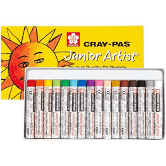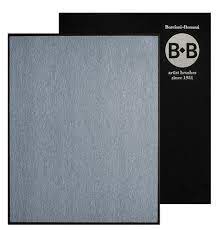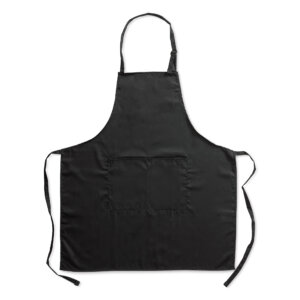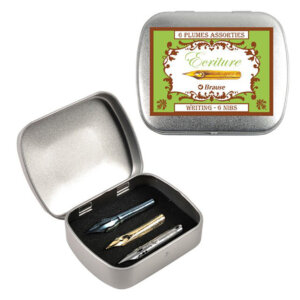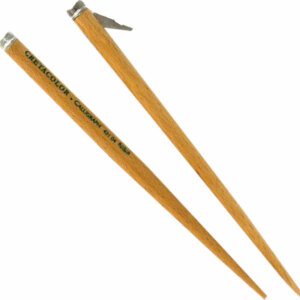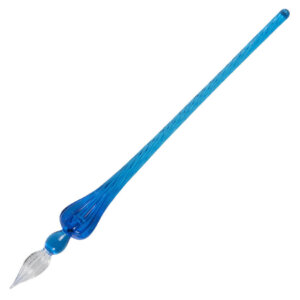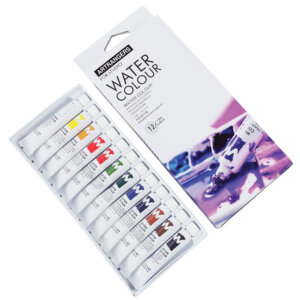Description
Mont Marte Mini Colour Dials offer a fantastic colour mixing guide for artists. This colour wheel allows you to select a colour, line it up with another colour and see what happens when you mix them together. It also teaches you the difference between primary colours, secondary colours, tertiary colours, hue, value and intensity.
Mont Marte Mini Colour Dials are a very practical, handy tool for artists, illustrators, designers, decorators and architects. The colour dials are a handy travel size, providing an instant colour mixing preview to help you create the colours you need for your projects. Mont Marte Mini Colour Dials are ideal for travel or for use in the home studio.
- Instant colour mixing preview: the inner circle is turned to line up two different colours and show the colour they will make when mixed together.
- Terminology guide: includes definitions for key terms such as primary colours, secondary colours, tertiary colours, hue, value and intensity.
On the wheel, yellow or any colour with yellow as a predominant component is considered warm. Any blue or colour, predominantly blue, is considered cool. Red’s kind of in the middle of the temperature scale, and its temperature is relative to the colour next to it. It’s cooler than yellow but warmer than blue. In general, you can determine if a colour is warm or cool by asking yourself if it’s closer to yellow or closer to blue on the wheel.
The warm colours, that cover one half of the wheel, are yellow/green, yellow, yellow-orange, orange, red-orange, and red. On the other half are the cooler colours: green, blue/green, blue, violet/blue, violet, and red-violet.
When used in a painting, the warm colours tend to advance from the surface, and the cool colours tend to recede. This factor is useful in portraying depth.
The use of cooler colours for trees and objects in the distance by making them more blue-green than those in the foreground creates an effect of atmospheric perspective and suggests depth.
Hue is another word for colour. Different hues can be used to represent things realistically or dramatically, yielding totally different effects and feelings, depending on the colour combination used.
The primary colours on the wheel are yellow, red, and blue. From these three hues, all other colours can be created. In between each pair of primary colours are the ones obtained by mixing them, the secondary colours. Tertiary colours are in between mixing primary and secondary hues.
If you purchase a 12-colour set of paints, it will include all of the primary, secondary, and tertiary colours. Some artists purchase only the primary and secondary colours and mix the tertiary colours themselves.
Hues opposite to each other on the wheel are complementary; the ones next to each other are harmonious.
There are only three true hues: red, yellow, and blue. They are called primary because nothing can be mixed to produce them: they must be made or bought. With them, we can make any other colour except white which is not an actual colour.
Depending on the three primaries you choose from the large range of reds, blues, and yellows, you will get different secondary and tertiary colours.
Mont Marte Mini Colour Dials on sale at The PaintBox Discount Art Supplies Shop. If you would like deeper discounts and rewards, join The PaintBox VIP Club for greater savings. Colour Dials can be shipped anywhere in Australia or New Zealand


